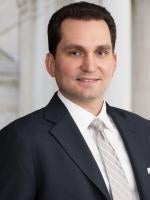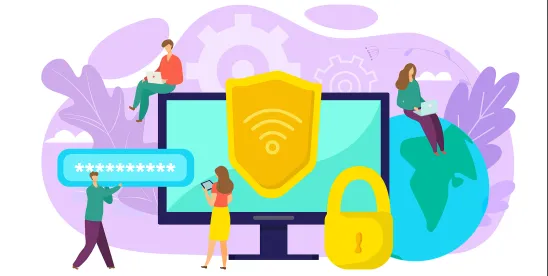Overview
On August 4, 2025, the U.S. Patent and Trademark Office (USPTO) issued a memo to examiners in software-related art units, including artificial intelligence (AI) and machine learning, clarifying how to apply subject matter eligibility rules under 35 U.S.C. §101. The memo does not establish new rules, but highlights the Manual of Patent Examining Procedure (MPEP) and the 2024 AI Subject Matter Eligibility (AI-SME) Update as key references.
The memo reminds examiners to avoid overbroad interpretations of the existing §101 guidance. USPTO attention to the potential for over broadening signals an alignment with the policy priorities outlined in the July AI plan, Winning the Race: America’s AI Action Plan.
Key Points from the Memo
- Rejections Should Not Be “Close Calls”
- Examiners are reminded that rejections under §101 should only be made if it is more likely than not that claims are ineligible.
- If eligibility is uncertain, rejection is not appropriate.
- Mental Processes Grouping Has Limits
- Claims that can be performed entirely in the human mind (observations, judgments, evaluations) are considered abstract ideas.
- Claim limitations involving AI that cannot practically be performed mentally do not fall under this grouping.
- Examiners are cautioned that oversimplifying claims can risk a faulty characterization of mental processes beyond the practical bounds.
- Claims that can be performed entirely in the human mind (observations, judgments, evaluations) are considered abstract ideas.
- Recites vs. Involves a Judicial Exception
- Examiners must distinguish between claims that recite an exception, which require further analysis, and those that merely involve one, which remain eligible.
- Example: Training a neural network in general may not recite an exception, but specifying algorithms such as backpropagation and gradient descent does (see USPTO examples 39 and 47).
- Step 2A, Prong Two – Practical Application
- Claims must be analyzed as a whole to determine whether the judicial exception is integrated into a practical application.
- Analysis should consider all limitations and their interaction.
- Claims may be eligible if they reflect a technological improvement in computer functioning or another technical field, not just an instruction to “apply” an abstract idea on a computer.
- Examiners are cautioned against oversimplifying claim limitations and overextending the “apply it” standard. Considerations include:
- Whether the claims recite more than the idea of a solution or outcome, and
- Whether computers or machinery act only as a tool to perform an existing process or purport to improve computer capability or existing technology.
Implications for Applicants
- Claiming Strategy: Highlight technological improvements or specific technical solutions rather than abstract processes, aligning with recent case law, including the April 2025 CAFC ruling.
- Drafting Strategy: Emphasize that the subject matter being claimed integrates judicial exceptions into practical applications, particularly improvements over prior technology.
- Prosecution Strategy: Where appropriate, focus arguments on the USPTO’s caution against “close call” rejections lacking a clear evidentiary basis.
Practice Notes
Applicants in the AI, software and related fields should:
- Review pending and future applications to ensure claims emphasize technological improvements.
- Cite USPTO examples (including AI-specific ones) when responding to §101 rejections.
- Monitor examiner application of this memo in prosecution, as it may reduce the incidence of marginal eligibility rejections.





 />i
/>i

